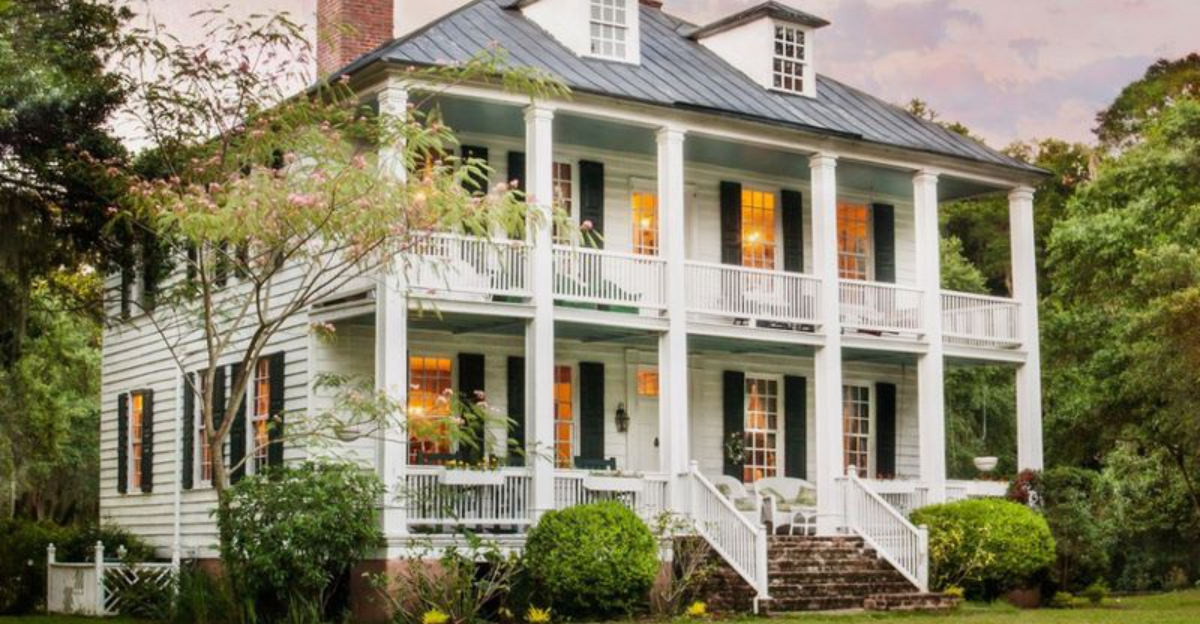South Carolina is a treasure trove of history and architectural beauty, with its historic mansions serving as windows to the past. Each home tells a unique story, reflecting a blend of design styles that span different eras and cultures.
From Colonial to Georgian, Italianate to Charleston-style, these mansions offer a diverse palette of architectural artistry, making them a delight for design enthusiasts. Embark on a journey through 20 iconic mansions, each boasting its own distinctive charm and historical significance.
1. Drayton Hall
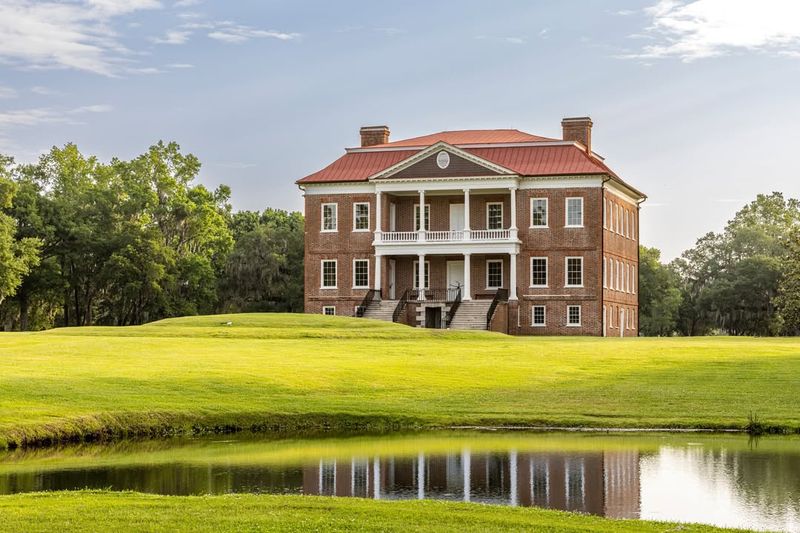
This grand mansion, a quintessential example of Palladian architecture, stands near Charleston. Built in 1738, Drayton Hall is an icon of Southern heritage, retaining its original structure for centuries. Its classical design features a symmetrical facade and expansive porticos.
The mansion’s interior showcases intricate woodwork and historic artifacts. Featured in documentaries, Drayton Hall offers a glimpse into the opulence of bygone eras, influencing many suburban architecture trends.
2. Hampton-Preston Mansion
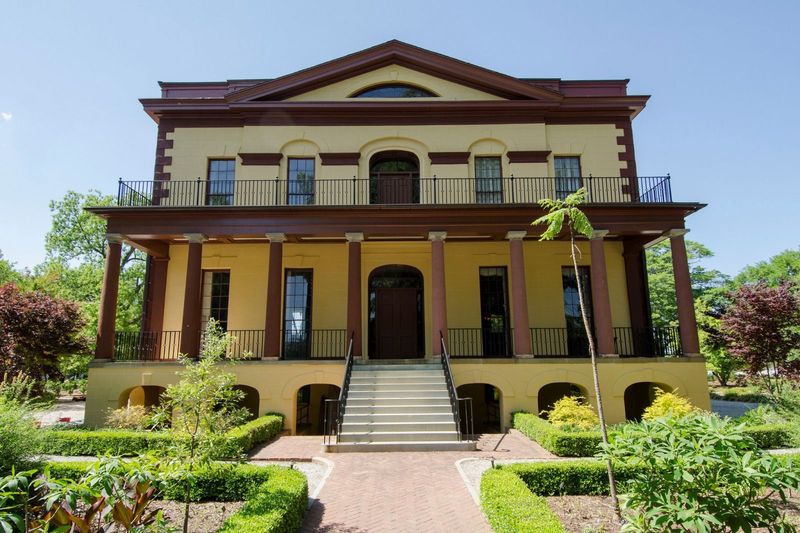
Located in Columbia, this mansion epitomizes Greek Revival architecture. Built in 1818, it served as a social and political hub. Its majestic columns and symmetrical design highlight the era’s elegance. Inside, the mansion features period furnishings and artworks.
The gardens are a serene complement to the architectural grandeur. Known for its historical significance, it often hosts cultural events, enhancing its role as a community landmark.
3. Aiken-Rhett House
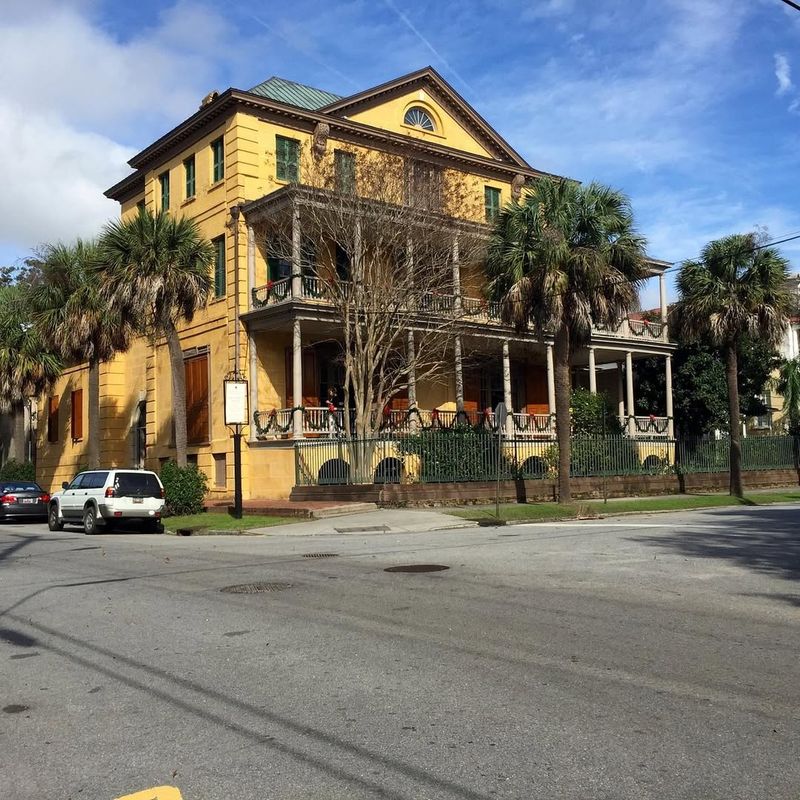
Nestled in Charleston, the Aiken-Rhett House is a prime example of antebellum architecture. Built in 1820, this mansion blends opulent style with historical authenticity. Its preserved slave quarters offer insight into its complex past.
The grand halls and elegant decor reflect Southern aristocracy. Used in historical films, the house remains a poignant reminder of the pre-Civil War South, encouraging reflection on its multifaceted history.
4. Rose Hill Plantation
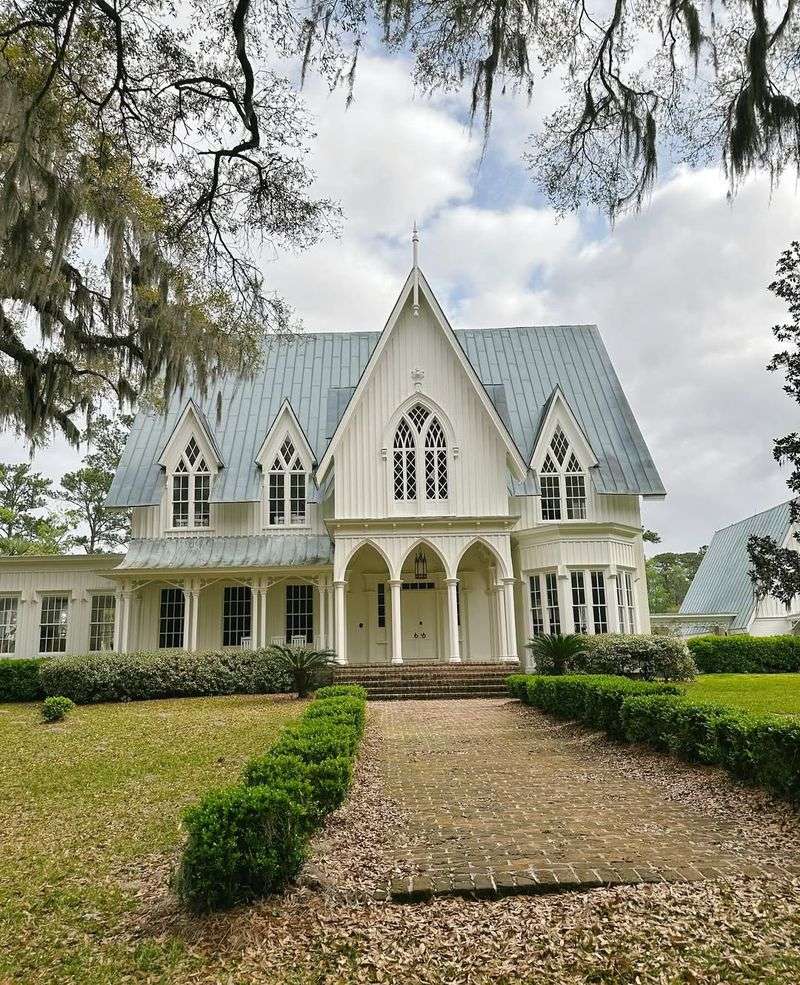
In Union County, Rose Hill Plantation stands as a beacon of Italianate architecture. Constructed in 1827, its design features a symmetrical layout and a distinctive rooftop belvedere. The mansion’s detailed woodwork and expansive gardens highlight its elegance.
Once home to Governor William Gist, its historical narrative is rich with antebellum stories. Visitors are drawn to its picturesque setting, making it a popular spot for cultural and educational tours.
5. Woodburn Plantation

Situated in Pendleton, Woodburn Plantation is a beautiful example of Federal-style architecture. Built in 1830, it served as a summer retreat. Its long portico and symmetrical design speak to its classical influences. The interiors boast period furnishings and charming fireplaces.
Surrounded by towering oak trees, the mansion provides a picturesque retreat. Its historical significance and natural beauty make it a beloved venue for local events and gatherings.
6. Roper House
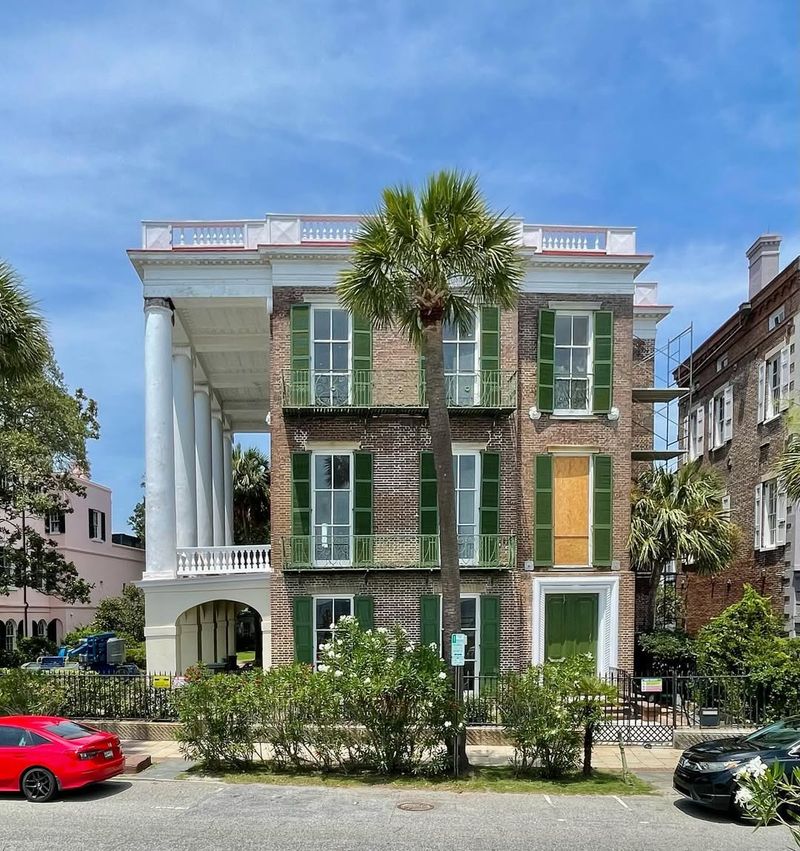
Roper House, gracing Charleston’s Broad Street, is a stunning example of Greek Revival architecture. Built in 1838, it boasts grand columns and intricate ironwork. Overlooking the harbor, its serene location adds to its appeal. Inside, ornate chandeliers and original flooring highlight its historic charm.
This mansion often hosts cultural events, linking its storied past with contemporary Charleston life. Its elegance continues to attract architecture enthusiasts.
7. Calhoun Mansion
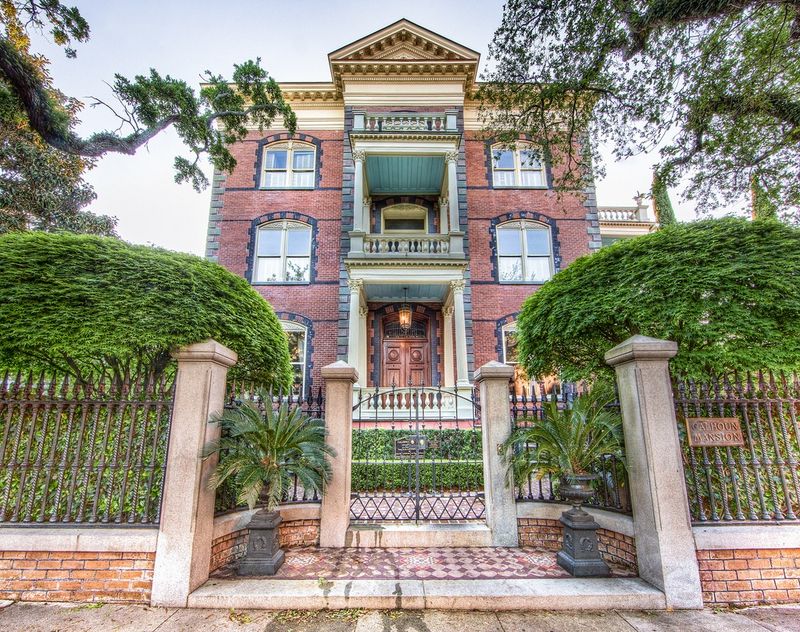
Calhoun Mansion, located in Charleston, embodies Italianate architecture. Built in 1876, its design is both grand and intricate. The mansion features an opulent staircase and lush gardens. Its storied history includes visits from notable figures.
The interior is adorned with antiques and art collections. Celebrated in architectural magazines, Calhoun Mansion remains a testament to Gilded Age luxury, welcoming visitors into its richly decorated halls.
8. John Rutledge House

This Federal-style mansion, nestled in Charleston, was built in 1763 by John Rutledge, a signer of the U.S. Constitution. Its elegant facade and charming iron gates reflect its historical prominence. The interior boasts original woodwork and period decor.
Its historic courtyard is often used for gatherings, enhancing its social legacy. The mansion’s involvement in key historical events adds depth to its enduring allure, making it a cherished landmark.
9. Hopsewee Plantation
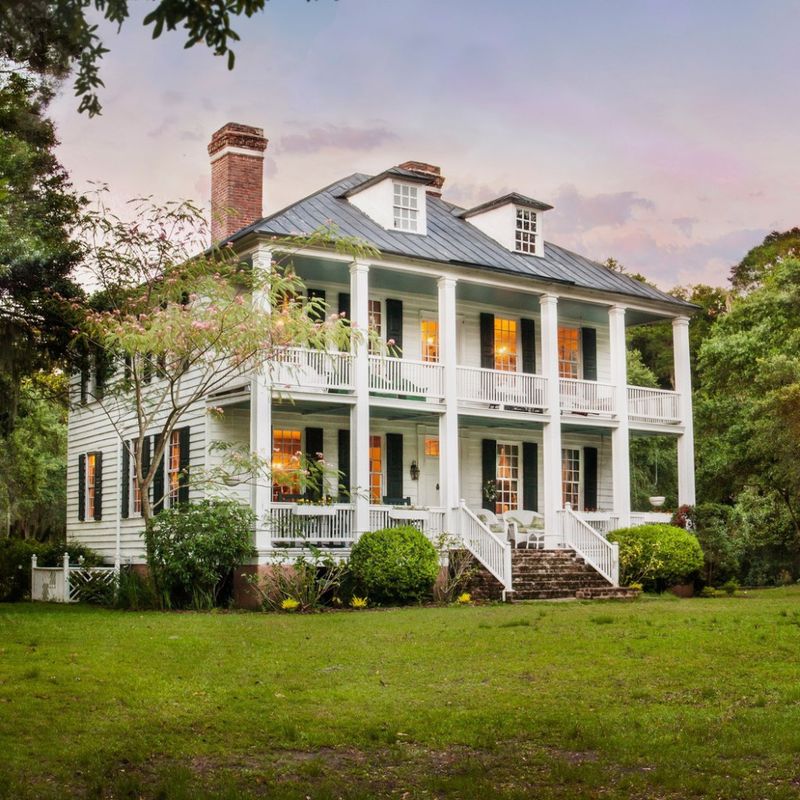
Hopsewee Plantation is a quintessential lowcountry mansion near Georgetown. Constructed in 1735, it offers wide porches and serene river views. Known for its tabby construction, the mansion is a marvel of colonial craftsmanship.
Its grounds, adorned with Spanish moss-draped trees, exude Southern charm. Once home to Thomas Lynch Jr., its historical significance is profound. Visitors enjoy guided tours, immersing themselves in its rich cultural legacy.
10. Magnolia Plantation
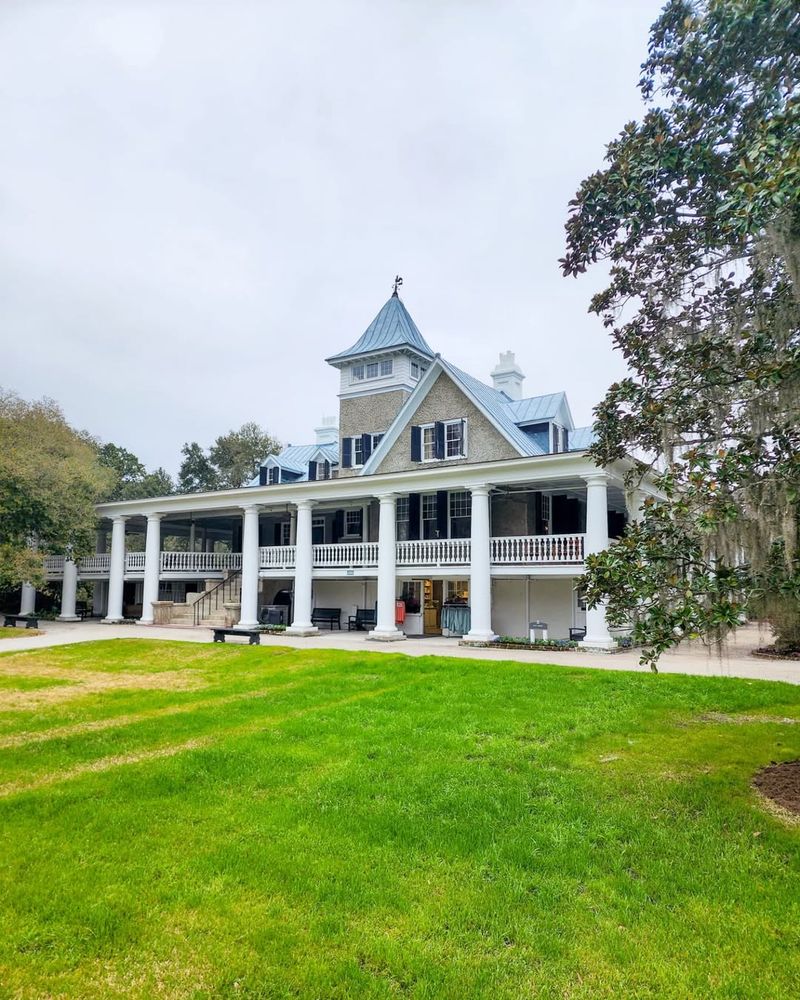
Magnolia Plantation is a harmonious blend of Colonial and Romantic styles. Established in the 1670s near Charleston, it has evolved over centuries. Its expansive gardens are legendary, offering a visual feast. The mansion itself features charming verandas and elegant interiors.
Known for its contributions to horticulture, the plantation hosts numerous events. Its historical depth and natural beauty make it a cherished destination for visitors worldwide.
11. Nathaniel Russell House
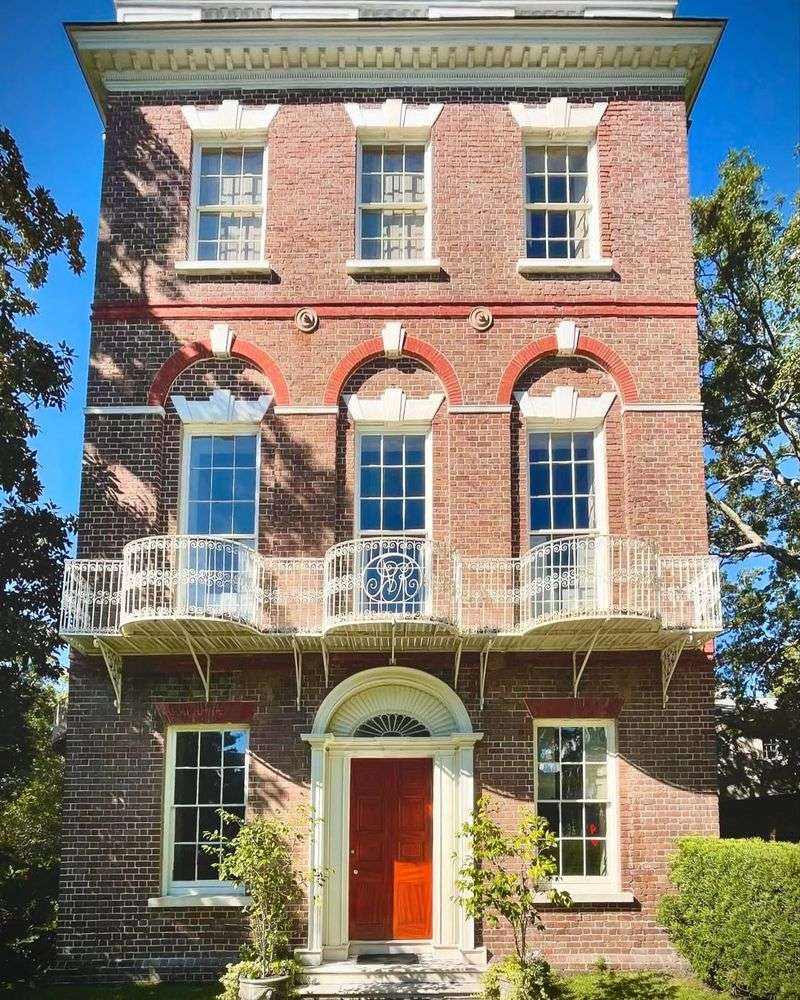
The Nathaniel Russell House, located in Charleston, is celebrated for its Federal and Adamesque styles. Built in 1808, its renowned spiral staircase is a masterpiece of craftsmanship. The house’s symmetrical design and refined decor reflect early American elegance.
Once home to a prominent merchant, its history is rich with cultural insights. Today, it serves as a museum, offering visitors a glimpse into Charleston’s storied past.
12. Ashtabula Plantation
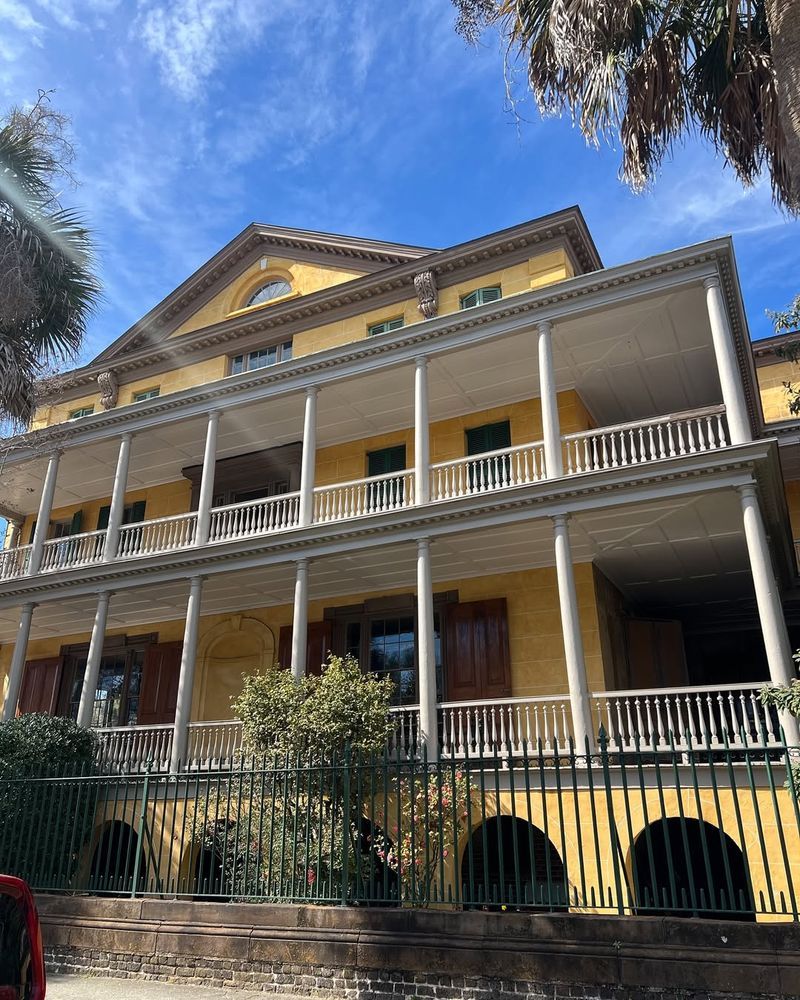
Ashtabula Plantation, nestled in Pendleton, combines Greek Revival and Federal architecture. Built in 1825, its two-story portico is a striking feature. The mansion’s elegant interiors and period furnishings reflect its historical charm. Surrounded by picturesque grounds, it offers a tranquil escape.
Ashtabula’s role in local history is celebrated through tours and events, providing a window into South Carolina’s rich cultural tapestry.
13. Boone Hall Plantation
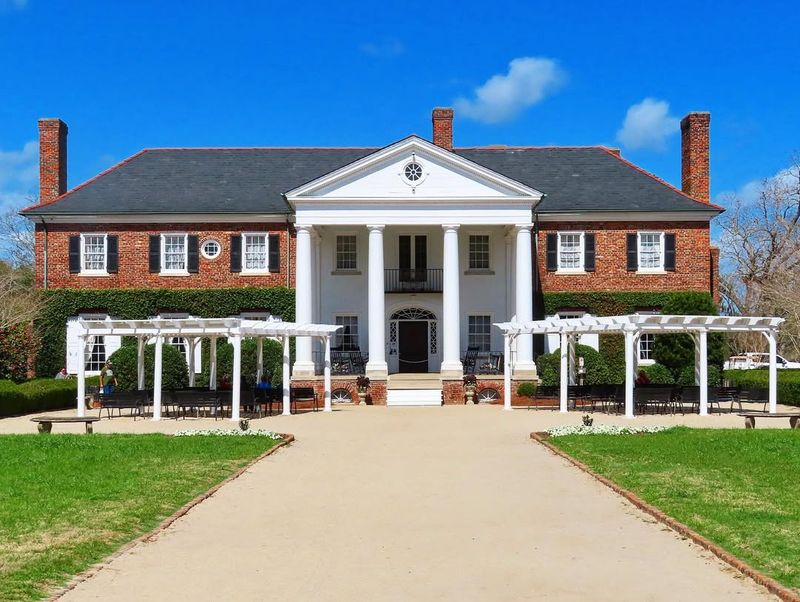
Boone Hall Plantation, located in Mount Pleasant, is renowned for its Georgian architecture. Established in 1681, it features an iconic oak-lined driveway. The mansion’s symmetrical design and grand brick facade highlight its colonial elegance.
Known for its agricultural heritage, Boone Hall remains a working plantation. Visitors enjoy exploring its lush gardens and historic slave cabins, experiencing a profound connection to South Carolina’s past.
14. Mulberry Plantation
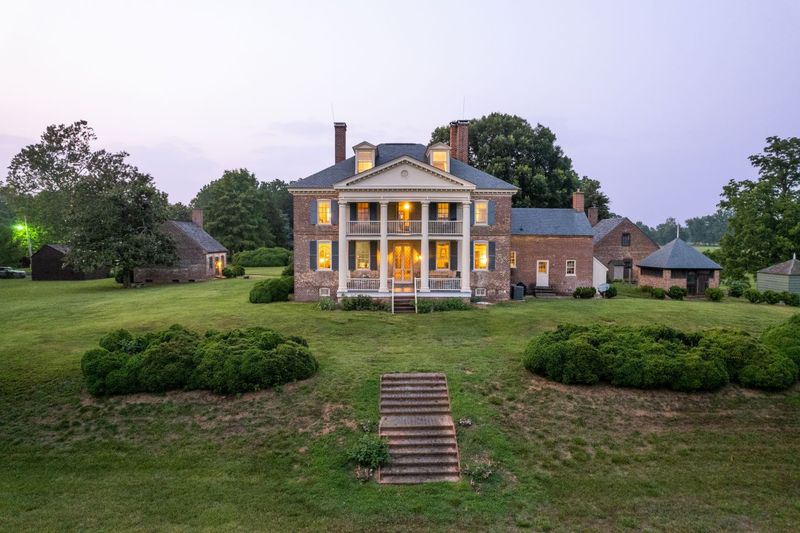
Mulberry Plantation, situated in Moncks Corner, exemplifies early Colonial architecture. Constructed in 1714, its brick structure is both resilient and elegant. The mansion’s history is intertwined with rice cultivation, a key economic driver. Its refined interiors and scenic surroundings tell a story of Southern prosperity.
Recognized as a National Historic Landmark, Mulberry offers educational tours, inviting guests to explore its rich agricultural legacy.
15. Middleton Place
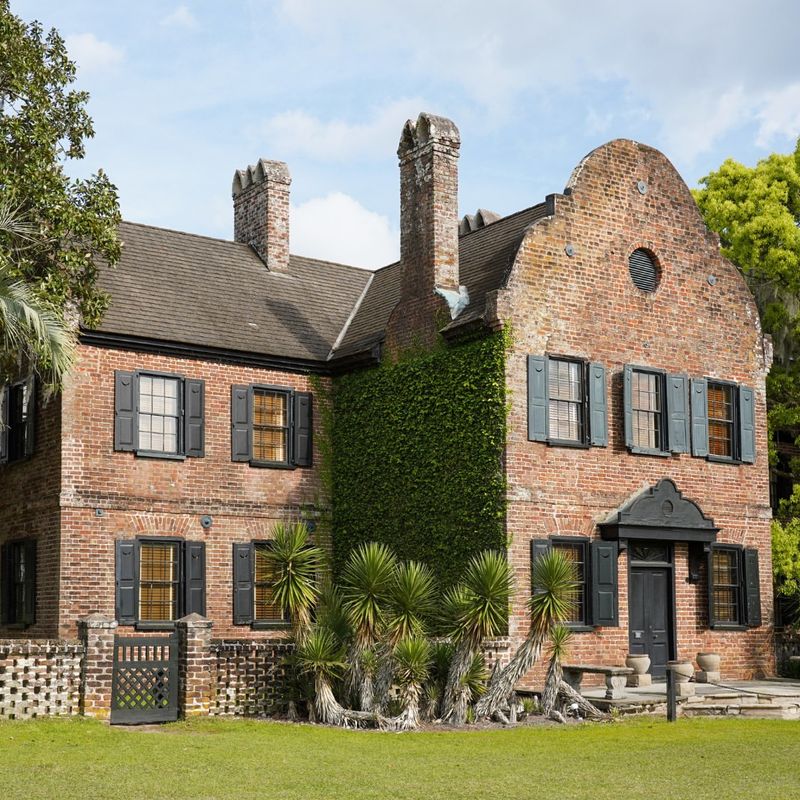
Middleton Place, near Charleston, is a striking example of Georgian architecture. Built in the 18th century, its terraced gardens are a horticultural marvel. The mansion’s strategic layout and elegant interiors reflect its historical prestige.
Known for its role in American history, Middleton Place hosts educational programs and cultural events. Its blend of architecture and landscape design provides a serene yet impactful visitor experience, attracting history enthusiasts and tourists alike.
16. Old Sheldon Church Ruins
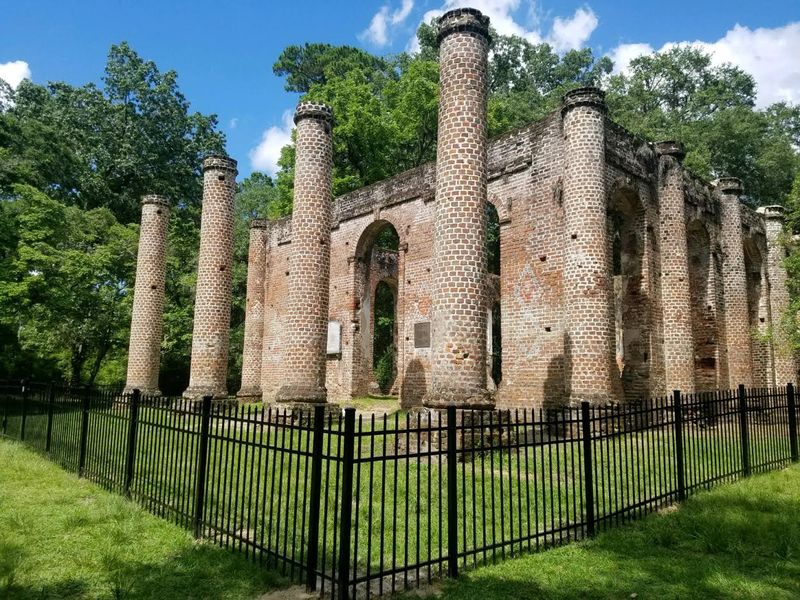
While not a mansion, the Old Sheldon Church Ruins in Yemassee offer a haunting glimpse into Gothic Revival architecture. Built in the 1750s, its towering arches and weathered brickwork evoke historical grandeur. The site is shrouded in local legends, adding to its mystique.
Surrounded by ancient oaks, the ruins create a serene yet eerie atmosphere. Visitors often come to reflect and photograph this unique piece of history.
17. Baruch Mansion
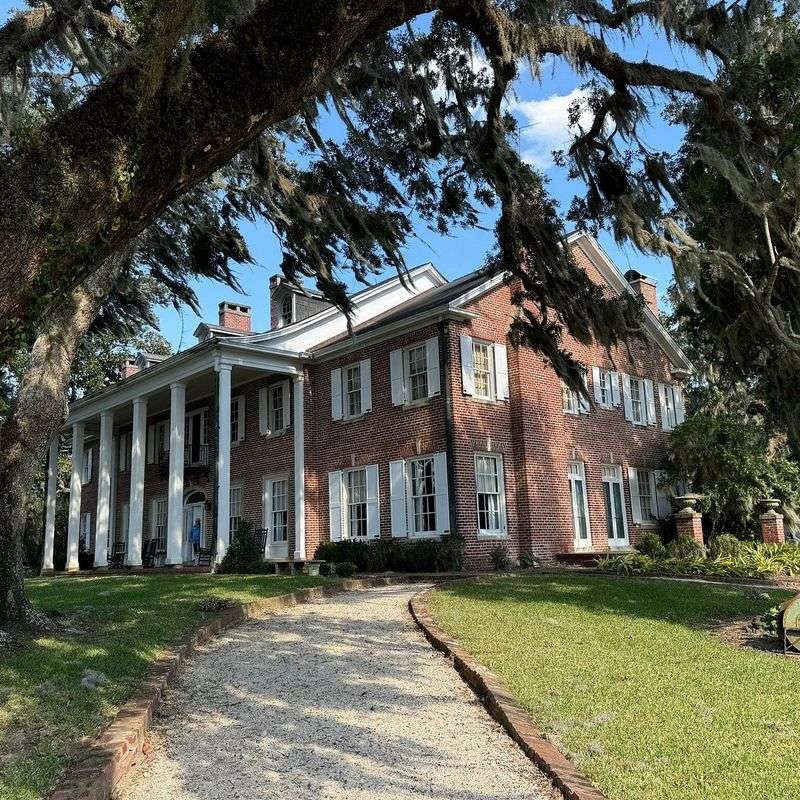
Baruch Mansion, located in Camden, is a fine example of Colonial Revival architecture. Built in 1910, its wrap-around porch and manicured lawn exude timeless elegance. The mansion’s interiors feature period furnishings and historic photographs.
Once home to financier Bernard Baruch, its history is intertwined with American political and economic developments. Today, it serves as a venue for events, maintaining its status as a local landmark.
18. Redcliffe Plantation

Redcliffe Plantation, located in Beech Island, is a masterpiece of Greek Revival architecture. Built in 1859, its stately portico and towering columns convey monumental elegance. The mansion’s history is rich, having served as a family estate for generations.
Its surrounding magnolia trees create a picturesque setting. Visitors can explore its historical exhibits, gaining insights into the antebellum South. Redcliffe remains a symbol of architectural and cultural heritage.
19. Frampton Plantation House
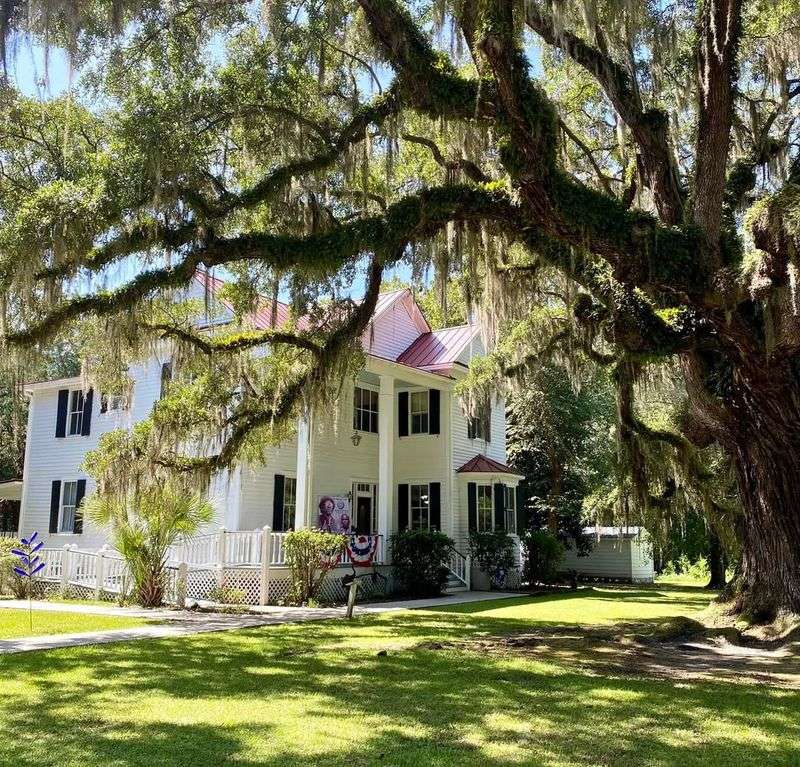
Frampton Plantation House, in Yemassee, blends Colonial and Victorian styles. Built in the 1800s, its design includes intricate woodwork and expansive verandas. The mansion’s charming garden adds to its allure.
Known for its role in local history, Frampton hosts community events and educational tours. Its unique architectural blend offers a glimpse into the stylistic transitions of the era, making it a beloved historical site.
20. Hibernian Hall
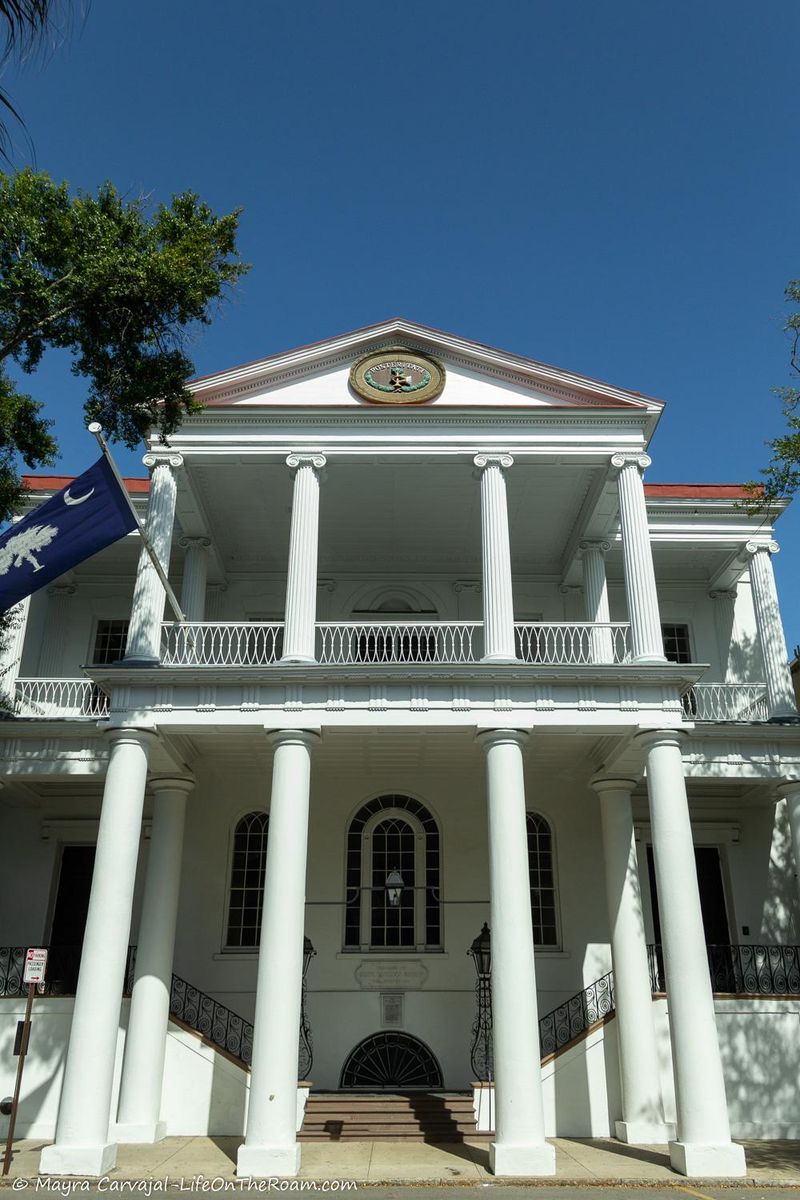
While primarily a club, Hibernian Hall in Charleston showcases exquisite Greek Revival architecture. Built in 1840, its grand columns and historic ballroom are architectural highlights. The hall has hosted numerous significant events, contributing to its storied legacy.
Its elegant interiors and cultural significance make it a cherished venue for celebrations and gatherings. Hibernian Hall remains a testament to Charleston’s rich social and architectural history.

